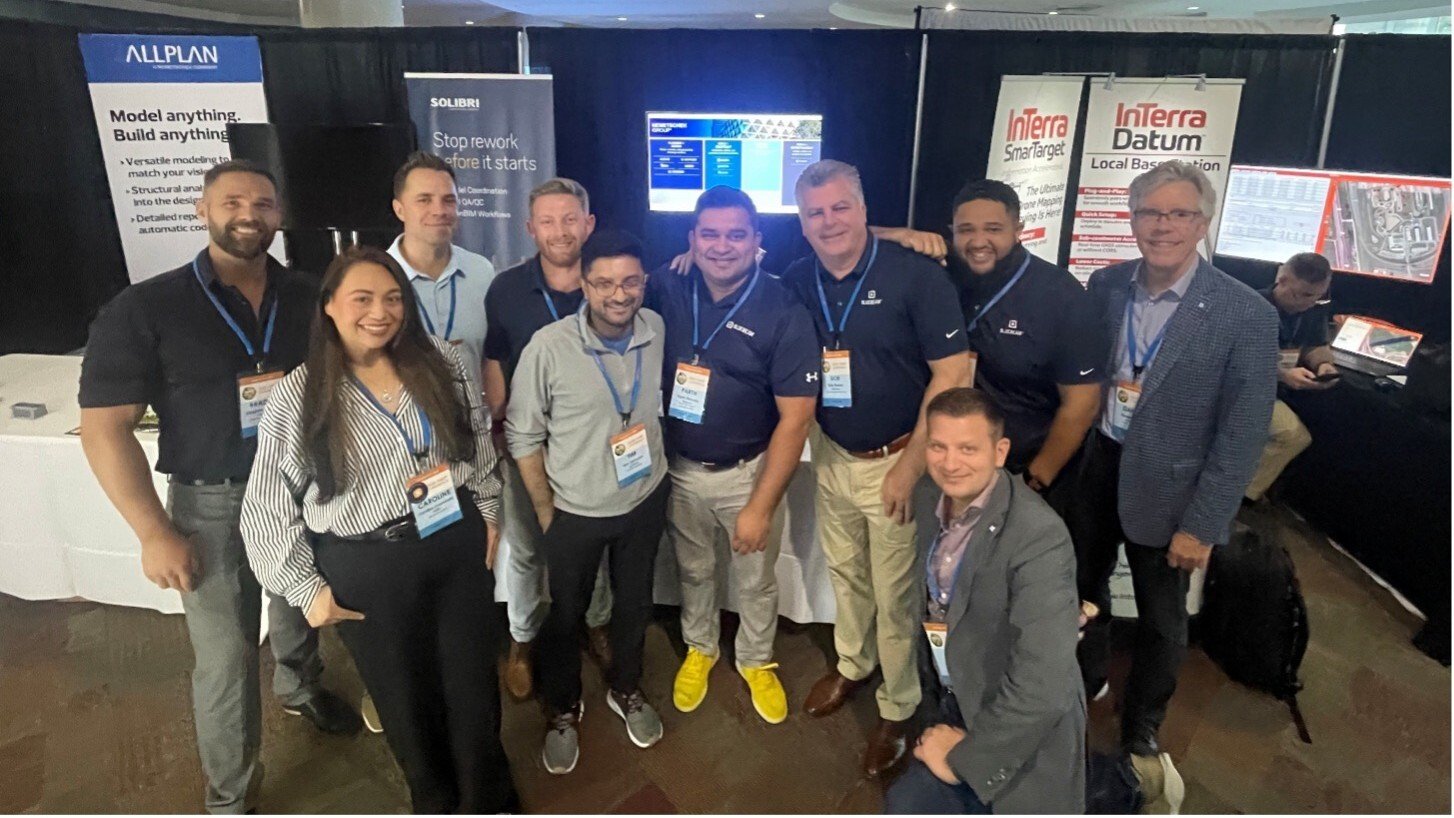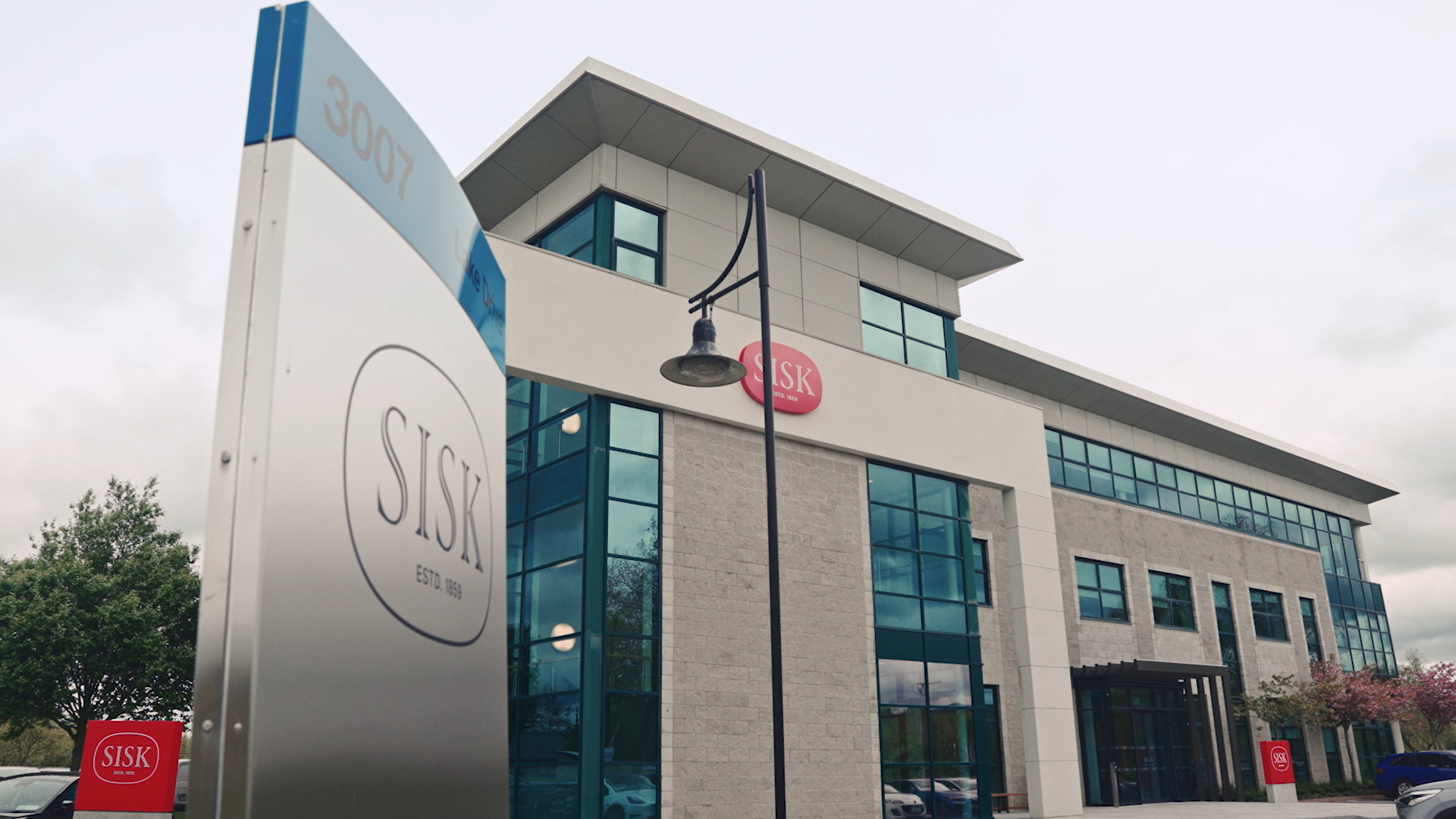Getting Started with OPEN BIM
Many companies still believe that BIM methodology and OPEN BIM are only suited to larger projects – but this couldn’t be further from the truth. Even in a small company, the economy of time that OPEN BIM unlocks lets you spend more time on your work and less time producing or searching for information. Here’s why we have embedded OPEN BIM into our workflow, and how to get started on your own OPEN BIM journey.
Author
Pierre Saunal
Co-founder and Architect at airc.world llp and Studio Design Lead at airc.design ltd. Growing-up in Scotland and Ivory-Coast, the progression of his career gave him an open-mind which he considers essential to design meaningful places. His experience includes cultural, education, health, hospitality, industrial, mixed use, office, residential, retail, and urban design projects.
This article belongs to the collection OPEN BIM
To the topic pageWhy use OPEN BIM?
For a small company, there is no time to waste. When you are managing the company, your projects, your clients, and collaborating with others, the more efficient you can be, the better. For us, it’s about survival – we can’t afford to waste time on repetitive tasks — we must automate them and focus on what’s important. If we don’t, we will quickly disappear.
Bigger companies also need their working methods to be as efficient as possible if they want to remain competitive. And the scale of the savings that a large company can make by being 20 or even 30 percent more efficient is staggering.
So, if you want to adopt a more effective workflow using OPEN BIM, here’s our advice for getting started.
Step 1: Learn about OPEN BIM and understand the difference between Closed and OPEN BIM
Once you have made the decision to implement OPEN BIM, make it a priority to learn more about it. A key point is the difference between OPEN and Closed BIM. Being able to open a file in another program doesn’t necessarily mean that it is an OPEN BIM solution, for example. If a software suite by the same vendor can only work with their own proprietary file formats, that is Closed BIM. Basically, you are tied to that set of software.
This is a difficult position to be in – for us, it’s like the ‘Dark Side’ of BIM. Few companies design a project completely in isolation, so not being able to share that information easily with others is a hindrance to successful project delivery. OPEN BIM is about sharing your information in a format that anyone can use, using the tools they want to use, without losing important data. It is the most effective way to communicate your ideas and collaborate with others.
Step 2: Embrace the right mindset about the importance of OPEN BIM
OPEN BIM is critical for successful project delivery. Whilst it may not be on the same level as the equality, diversity, and inclusion (EDI) agenda, we have already seen that companies embracing EDI are doing much better than those who are not. We expect the same could be said for those who are adopting OPEN BIM – they are working much more effectively.
For example, we had a project to design a 38-unit residential building and community center. At the beginning, the contractor only wanted a PDF and 2D documentation. We always develop a 3D BIM model with every project, so we shared this and started discussing the project using the model. Slowly, the contractor began to see the value of it – they could use the model to explain the design to the planning authorities, to show an estate agent how the flats would be laid out, and to have a visualization tool in meetings so everyone could understand what was happening.
On site, after sharing the model with the site manager, they didn’t want anything else. The site team could look at the model and see what had been built, what was yet to be constructed, and suddenly it was much easier for us to explain why we put a beam there or had included a design feature. The coordination was also much easier, such as for the steel framing system. In 2D, there are multiple levels of information that must be checked. In 3D, there is automatic clash detection with the model, so you know exactly where the issues are and can address them.
This was a real breakthrough for the contractor, and the collaboration that OPEN BIM enabled is what brought the benefits they experienced. Now that they have this mindset, they can take those lessons forward on their future projects.
Step 3: Don’t be afraid to seek specialist help
Or, in other words, talk to other people about OPEN BIM. There are as many ways to implement OPEN BIM as there are users, and everyone has a different opinion – but there are no right or wrong answers. Go to the OPEN BIM forums, talk to other people, and make up your own mind. There are many amazing people who have developed a common language that we can all share (such as the ISO 19650), and that’s a good place to start.
We would also advise that you find someone else if anyone asks for a fee to talk about OPEN BIM or tries to sell you the ‘right’ workflow or template. That’s not what OPEN BIM is about; OPEN BIM is more about your own journey building the right workflow with the right people in line with the relevant standards.
Step 4: Be willing to take others on the journey with you
OPEN BIM is about people – not the technology nor the interoperability, but the collaboration between people. If you have the right mindset, you know that everyone is aiming for the same outcome – a successful project.
Taking others with you on the OPEN BIM journey might mean you have to help others on the project team, even those who work for another company. For a project in Saudi Arabia, we are working on, we did just that. We are often brought in to help implement BIM and OPEN BIM on a project, but on this project, the deliverables were all Closed BIM proprietary files instead of IFC files. We couldn’t use the Revit files that the other consultants were using, so our in-house Revit expert showed them how to work with IFC files using their software, set up the right settings, and share information with us using the CDE.
For us, it was not about dictating which software they should use but showing them how to use OPEN BIM so that we could all work together better – and not just the designers, but the contractor and anyone else involved in the project. Because at the end of the day, we are all working towards the same goal. OPEN BIM is about people – so let’s help each other.





